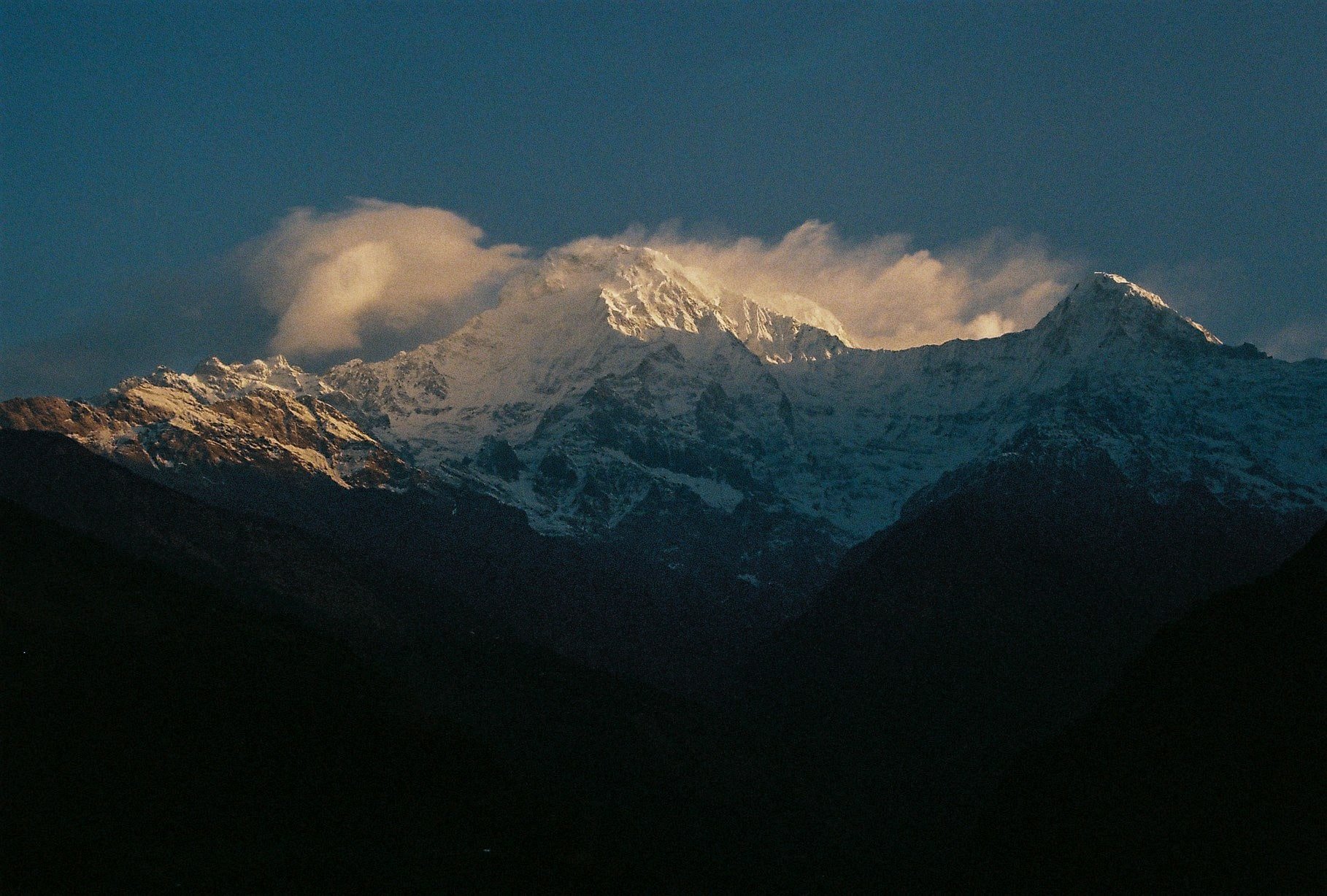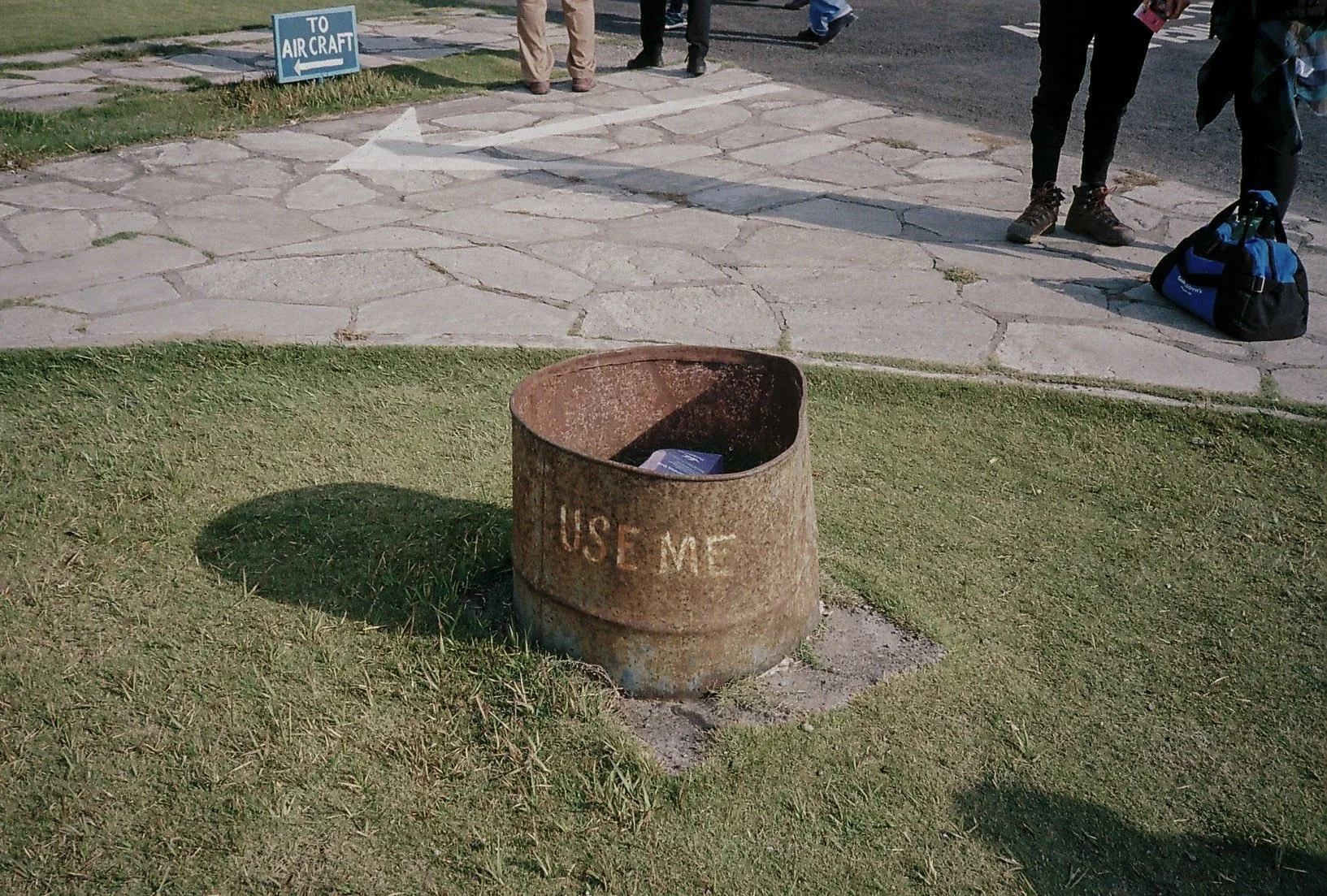In pursuit of minimalism
Like most others, I fell for Marie Kondo’s innocent destruction with wild, minimalist ferocity. And when mother of three Marie hit headlines again lately effectively backflipping on her philosophy, like most others, I felt vindicated. For some of us, Marie included, it turns out, it took the persistent chaos of a toddler to become comfortable letting go of tidy minimalism. Marie’s path to minimalism was intense and interesting and, when our baby became a toddler, it went in the bin like so many of our belongings. For me, it was a full-circle journey. I’ve always been what I call a collector and others unfairly call a hoarder but I’d dabbled in minimalism as has everyone who’s ever gone hiking.
Hiking is a subtle path to minimalism. It’s more of a temporary challenge – a mindset shift – but if you apply its insights to life back home, it can be quite illuminating. When you gear up to pack for a multi-day hike, you have to embark on a journey of minimalism. You start with a house full of everything you need and want and end up with a backpack full of bare necessities. A chance to shed the burden of all your possessions, step away from that pesky comfort, warm bed and a fridge full of fresh food and get back to nature. You embrace discomfort with open arms and sore feet because of adventure, I guess. But the lessons on minimalism don’t end there.
Can minimalism look as good as maximalism feels?
The first day of a multi-day hike is a bit discombobulating. Like settling into a holiday, it takes a while to shed the stressors of daily life. Changing mental gears is clunky, slow, confusing – like a toddler telling a story. After a while, it’s different for everyone, you realise that your entire world has shrunk down to the metre in front of you. All your responsibilities have been packed away until all that is left is walking until you get to lunch, eating, then walking some more until you go to sleep and do it all again the next day. Such a radical simplification should be discombobulating. It’s also profoundly freeing and enjoyable. If you listen carefully as your mind empties of all what-ifs and what-abouts, you can hear the faint gurgle-suck-scream of a bath draining as your mind becomes a vacuum – as vast, dark and seemingly empty as a moonless night sky.
And so, with an empty mind gurgled clear of the busyness and stressors of normal life, and your to-do list reduced to walking and drinking water, you realise just how stressed you’ve been and take a deep breath and start to think maybe there is something to this whole minimalism thing. Stepping away from comfort, convenience and luxury does spark joy. Maybe it’s time to sell everything, walk away from your old life at the other end of the hike and try selling dream catchers and homebrewed kombucha. Luckily, your fantasy of taking minimalism to its logical conclusion is interrupted by a call for lunch and a hot spot on your right heel.






Returning from a long hike to the unthinkable luxury of a hot shower, full fridge and countless places to rest your weary legs, sparks a lot of gratitude for your abundant comfort. Unfortunately for me, the week after returning from that sublime two-week hike in Nepal (where I took these photos) I jumped straight into some exposure therapy and fell down another less enjoyable path to minimalism. If you’re unfamiliar with exposure therapy, it’s basically covering an arachnophobic in spiders with a bit more psychology sprinkled on top. I don’t understand the science but apparently, it works.
When I should’ve been feeling as calm and chill as a Himalayan mountaintop, I was feeling about as zen as a Bunning’s Buddha statue. Why? We had five days to sell everything in our apartment before we loaded up our car and moved to Byron Bay. We sold or op-shopped everything and were relatively lucky with the unpredictability of Marketplace. In the end, we had about 10 boxes we needed to store. It was harder than anticipated to store boxes at our parents’ houses and after chatting to a few mates realized that it wasn’t just our parents who were reluctant to help us store our valuables that wouldn’t fit in the car.
Countless mates relayed the same experience with storing stuff at their parents and I have a theory about why Boomers don’t like clutter. Many of their parents endured the Great Depression or the war and at a time of global scarcity, many people held onto everything and anything just in case they may need it, be able to fix it or maybe even sell it. Home decorating trends also seemed to favor knick-knack clutter. My theory is that growing up in clutter and stewing in a scarcity mindset led to a generation of incidental minimalists who inadvertently adopted a scarcity mindset too. So by those standards, our generation has too many things and they don’t have enough space.
So after the stress of compressing our worldly possessions into a car and 10 boxes, we moved to sunny Byron Bay and, as it would happen, 12 months of more exposure therapy. While we tried to find a reliable rental in Byron we moved seven times in 12 months. There’s nothing quite like packing up all your possessions over and again to make you resent them and want to shed them all. More exposure therapy, more steps towards becoming a minimalist. The other thing that helped, with clothes anyway, was the climate in Byron. It’s 20ish degrees year-round – no need for all the jackets and jeans and layers required to make Melbourne liveable. Maybe it was Marie, maybe it was the excessive bouts of exposure therapy and the fear of having to move again, but we managed to stay quite minimalist. A couple of years passed and the baby came along, and the house exploded again. Then we moved (again) and stripped back to more minimalism, and then the baby became a toddler. And now, you’re up to date on our yo-yo-diet of minimalism.
Of all the paths to minimalism, hiking is my favourite. You can keep Marie Kondo’s slash-and-burn and moving too many times in too few months, or better yet, throw them in the trash. The problem with hiking is as soon as you return to real life, you adapt immediately. One night you fall asleep contentedly wrapped in goose feathers with a few millimetres of material between you and the world. The next, you’re tossing and turning on a fat mattress because it’s too hot or cold under your doona.
So how do you transport the revelations from the trail back into your life? How do you introduce minimalism into your life? Marie Kondo’s concept of recognising what does and doesn’t spark joy is great. Did she take it too far? Absolutely, but it’s still a great process. And moving sucks but it helps you recognise things you don’t use. The American duo, The Minimalists, encourage people to pack everything into boxes and only take things out as and when you need them. And if you don’t use something for ages, maybe it’s time to let it go. The best revelation from hiking that’s worth remembering day to day, is that life is so often complex but some of its greatest pleasures are so simple.









A lesson in perseverance and packing more cameras.